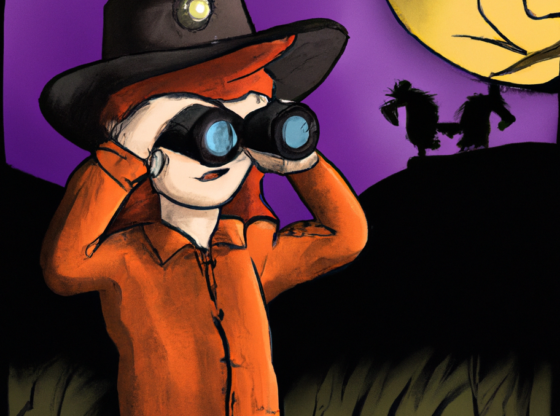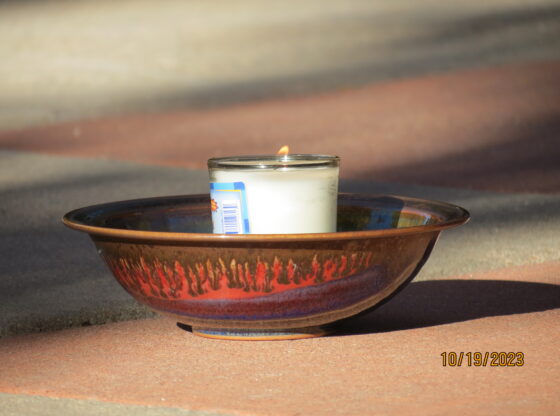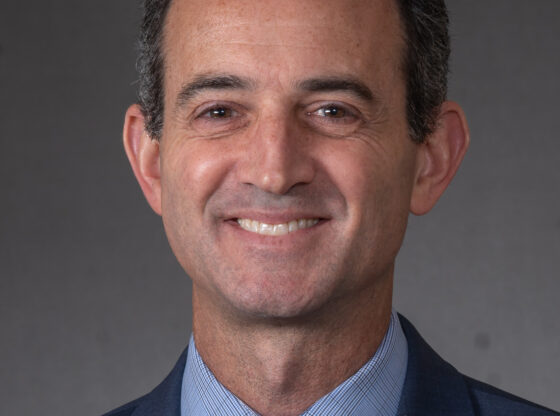In 1947, while searching for a lost goat, a group of young goatherders stumbled upon a cave along the Dead Sea and discovered an assortment of ancient clay jars containing scrolls wrapped in linen. In the following decade, over 900 more scrolls were discovered, leading to intense research of these scrolls and one of the greatest archaeological finds for the history of Judaism and Christianity. The Dead Sea Scrolls contained fragments and representations of biblical texts from books such as Psalms, Isaiah and Jeremiah.
They have now come to the Denver Museum of Nature and Science in a brand new exhibit.
The exhibit opened on March 16 and features ten of the scrolls for public viewing. Around the scrolls are four walls that show the history of the scrolls and their influence on religion today. After three months, these ten scrolls will be replaced with ten new scrolls for the sake of preservation. In total, viewers will be able to view twenty of the Dead Sea Scrolls during the six month exhibit. Viewers will also be able to further immerse themselves in biblical history through 600 additional artifacts such as coins, stone carvings and textiles from the ancient Middle East.
The Dead Sea Scrolls have impacted the religions of Judaism and Christianity from the moment they were discovered. The Scrolls were most likely written by the Essenes, a Jewish sect that held apocalyptic views in their writings. Discovering the Dead Sea Scrolls showed the Essenes’ view and lifestyle of being disaffected of Jews from the Jerusalem Temple and held to the apocalyptic worldview.
“When the Scrolls were discovered in 1947, there was a great deal of interest to see if Jesus was a member of the Dead Sea community and reflective of that particular worldview,” said Dr. Gregory Robbins, the professor of Christian studies at DU. “Since the beginning of the 20th century, there has been a recognition that Jesus is a 1st century Jew whose worldview was shaped by intertestamental apocalypticism.”
The Dead Sea Scrolls not only represent the thoughts of Old Testament prophets, but also contain writings of prayer, commentary of Old Testament passages and the rules of the Dead Sea community. The Dead Sea Scrolls also arose the question of how religions came to follow a sacred book concerning questions of how one comes to the world and how one should live his or her life on Earth.
“Whether you’re religious or not, the Scrolls illuminate a light of history that impacts all of us in Western civilization,” said Dr. Alison Schofield, the professor of Judaic Studies at DU. “It illuminates this era of history where religion becomes focused on sacred writing and that idea becomes passed down to us in Western civilization, even if some of us don’t follow Judaism or Christianity.”
The Dead Sea Scrolls Exhibit will be open until until Sept. 3, 2018. Tickets for the exhibit can be found on the Denver Nature and Science Museum website.










